Birth name Alice McLeod Name Alice Coltrane Years active 1962–2006 | Instruments Piano, organ, harp Role Jazz Pianist | |
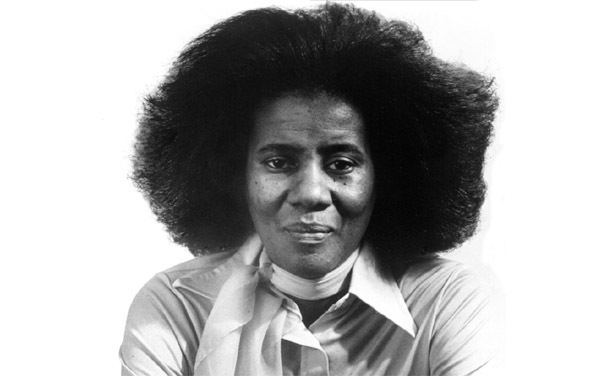 | ||
Occupation(s) Musician, bandleader, composer Albums | ||
Alice coltrane prema on marian mcpartland piano jazz
Alice Coltrane (née McLeod, August 27, 1937 – January 12, 2007), also known by her adopted Sanskrit name Turiyasangitananda or Turiya Alice Coltrane, was an American jazz pianist, organist, harpist, singer, composer, swamini, and the second wife of jazz saxophonist and composer John Coltrane. One of the few harpists in the history of jazz, she recorded many albums as a bandleader, beginning in the late 1960s and early 1970s for Impulse! Records and Universal Distribution.
Contents
- Alice coltrane prema on marian mcpartland piano jazz
- Alice coltrane turiya and ramakrishna
- Early life and career 19371965
- Solo work 19671978
- Ashram years 19751995
- Later years and death 19952007
- Impact
- As leader
- As sidewoman
- References
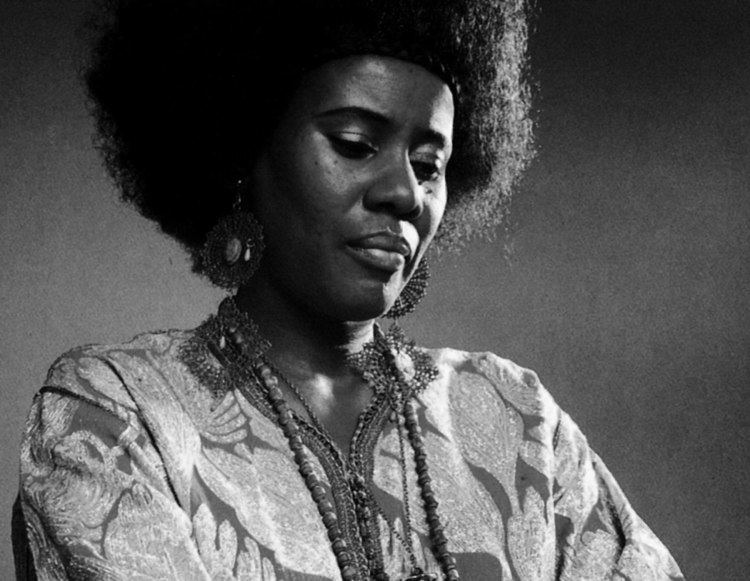
Alice coltrane turiya and ramakrishna
Early life and career (1937–1965)
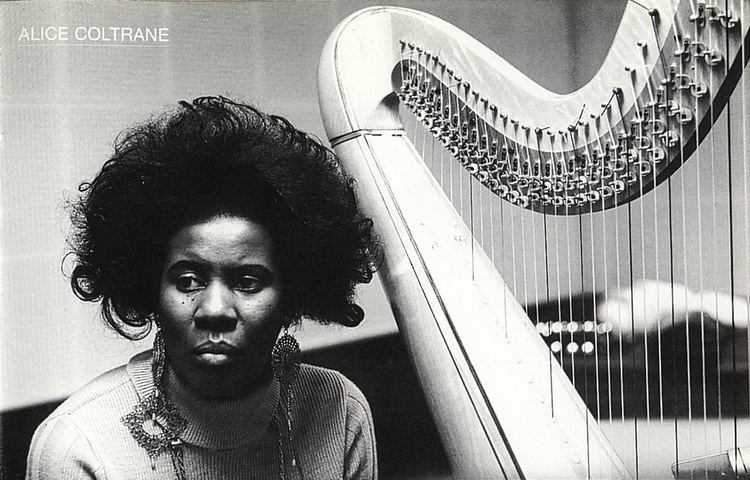
Born on August 27, 1937, in Detroit, Michigan, Alice McLeod grew up in a musical household. Her mother, Anna McLeod, was a member of the choir at her church, and her half brother, Ernest Farrow, was a notable jazz bassist. With the motivation of Ernest, Alice pursued music, and started to perform in various clubs around Detroit, until moving to Paris in the late 1950s. Alice studied classical music, and also jazz with Bud Powell in Paris, where she worked as the intermission pianist at the Blue Note Jazz Club in 1960. It was there that she was broadcast on French television in a performance with Lucky Thompson, Pierre Michelot and Kenny Clarke. She married Kenny "Pancho" Hagood in 1960 and had a daughter with him. The marriage ended soon after, on account of Hagood's developing heroin addiction, and Alice was forced to move back to Detroit with her daughter. She continued playing jazz as a professional in Detroit, with her own trio and as a duo with vibist Terry Pollard. In 1962–63 she played with Terry Gibbs's quartet, during which time she met John Coltrane. In 1965 they were married in Juárez, Mexico. John Coltrane became stepfather to Alice's daughter Michele and the couple had three children: John Jr. (1964–1982), a drummer; Oranyan (b. 1967), a DJ who played saxophone with Santana for a period of time; and Ravi (born 1965), a saxophonist.
Solo work (1967–1978)
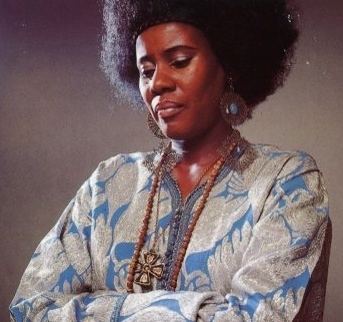
In January 1966 she replaced McCoy Tyner as pianist with John Coltrane's group. She subsequently recorded with him and continued playing with the band until his death on July 17, 1967. Their love for each other and their growing spirituality resulted in some of John's most creative musical efforts, including one of his most critically acclaimed records, A Love Supreme. After her husband's death, she continued to forward the musical and spiritual vision, and started to release records as a composer and bandleader. Her first album, A Monastic Trio, was recorded in 1967. From 1968 to 1977, she released thirteen full-length records. As the years passed, her musical direction moved further from standard jazz into the more cosmic, spiritual world. Albums like Universal Consciousness (1971), and World Galaxy (1972), show a progression from a four piece lineup to a more orchestral approach, with lush string arrangements and cascading harps. Until 1973, she released with Impulse! Records, the notable jazz label that her husband released many of his later albums with. From 1973 to 1978, she released primarily on Warner Bros. Records until she stepped away from the public eye.
Ashram years (1975–1995)
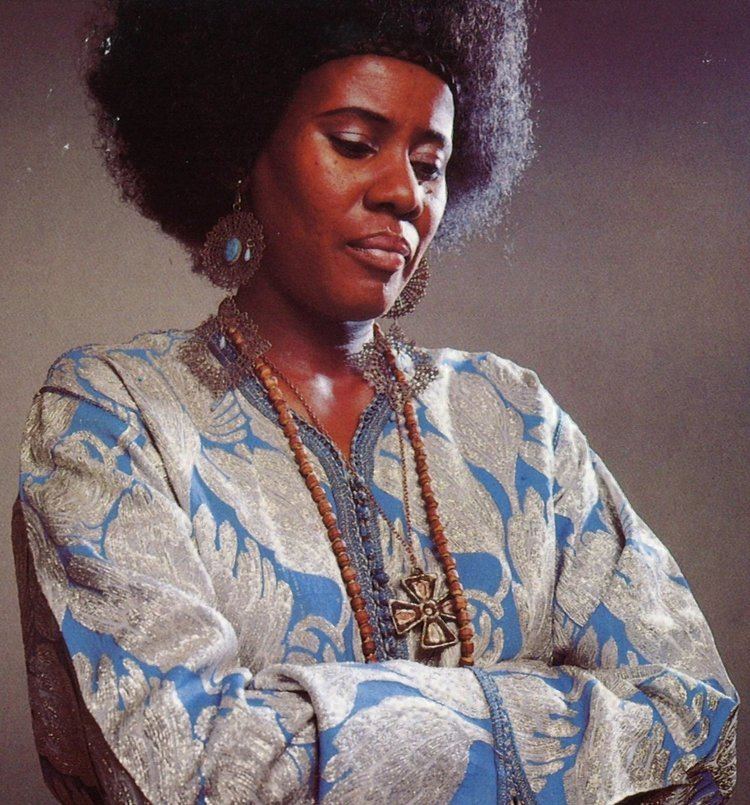
After the death of her husband, Coltrane experienced a period of trial. She suffered from severe weight loss and sleepless nights, as well as hallucinations. These tapas (a Sanskrit term she used to describe her suffering), led her to seek spiritual guidance from the guru Swami Satchidinanda and later from Sathya Sai Baba. By 1972, she abandoned her secular life, and moved to California, where she established the Vedantic Center in 1975. By the late 1970s she had changed her name to Turiyasangitananda. She was the spiritual director, or swamini, of Shanti Anantam Ashram (later renamed Sai Anantam Ashram in Chumash Pradesh) which the Vedantic Center established in 1983 near Malibu, California. Alice would perform formal and informal devotional Vedic ceremonies at the ashram. She performed solo chants, known as bhajans, and group chants, or kirtans. She developed original melodies from the traditional chants, and started to experiment by including synthesizers and sophisticated song structures. This culminated in her first spiritual cassette, Turiya Sings, in 1982. The cassette was released only to the members of the ashram, through her publishing company, the Avatar Book Institute. Through the mid 1980s into the mid 1990s, she released three more cassettes, Divine Songs in 1987, Infinite Chants in 1990, and Glorious Chants in 1995. New York-based label Luaka Bop released a compilation of tracks from her ashram tapes as World Spiritual Classics: The Ecstatic Music of Alice Coltrane Turiyasangitananda in May 2017.
Later years and death (1995–2007)
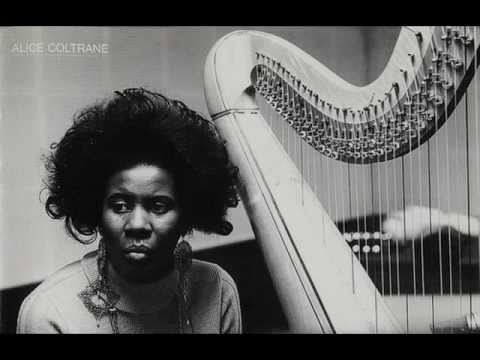
The 1990s saw renewed interest in her work, which led to the release of the compilation Astral Meditations, and in 2004 she released her comeback album Translinear Light. Following a 25-year break from major public performances, she returned to the stage for three U.S. appearances in the fall of 2006, culminating on November 4 with a concert for the San Francisco Jazz Festival with her son Ravi, drummer Roy Haynes, and bassist Charlie Haden.
Alice Coltrane died of respiratory failure at West Hills Hospital and Medical Center in suburban Los Angeles in 2007, aged 69. She is buried alongside John Coltrane in Pinelawn Memorial Park, Farmingdale, Suffolk County, New York.
Impact
Paul Weller dedicated his song "Song For Alice (Dedicated to the Beautiful Legacy of Mrs. Coltrane)", from his 2008 album 22 Dreams, to Coltrane; the track entitled "Alice" on Sunn O)))'s 2009 album Monoliths & Dimensions was similarly inspired. Electronic musician Flying Lotus is the grand-nephew of Alice Coltrane. The song "That Alice" on Laura Veirs' album Warp and Weft is about Coltrane. Mighty Alice Coltrane.
As leader
As sidewoman
With John Coltrane
With Terry Gibbs
With Charlie Haden
With Joe Henderson
With McCoy Tyner
With various
